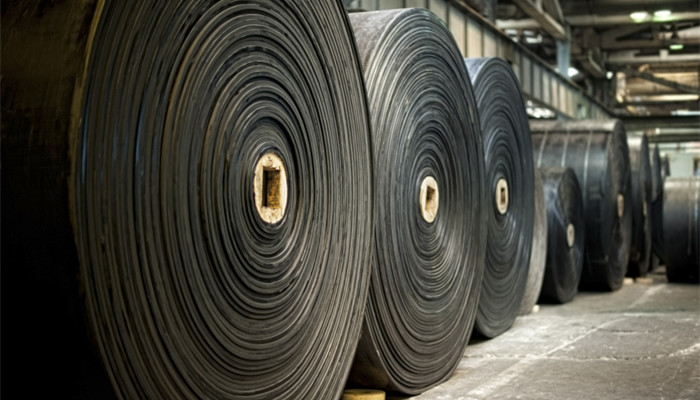
The rubber protective wax market has broad development prospects, and microcrystalline wax is its mainstream product.
Rubber protective wax refers to a special wax used to protect rubber products from light, oxygen, and ozone erosion and aging. According to different ingredients, rubber protective wax can be divided into ordinary paraffin wax and microcrystalline paraffin wax (microcrystalline wax). Ordinary paraffin wax is a protective wax prepared from vacuum distillate oil as raw material through solvent dewaxing, deoiling, refining, molding and other processes; microcrystalline wax refers to vacuum residual oil as raw material and is prepared through separation processes. A finely crystalline protective wax.
Compared with ordinary paraffin wax, microcrystalline wax has the advantages of good luster, high melting point, light color, tight structure, high elasticity, strong viscosity, good compactness, and good toughness. It can delay the ozone aging process of unsaturated rubber to a higher extent. , has become the most mature and widely used product in the rubber protective wax market, and the market has broad room for development.
Rubber protective wax is an important type of rubber additive that can be widely used in a variety of rubber product manufacturing scenarios, including radial tires, bias tires, conveyor belts, transport belts, sponge rubber, cable sheathing, etc. Among them, tires are the main downstream product of rubber protective wax. The use of rubber protective wax in tire production can effectively improve the grip and braking performance of tires.
According to the “Rubber Protective Wax Industry Market In-depth Research and Investment Prospects Forecast Analysis Report 2023-2028” released by the Industrial Research Center, Currently, against the background of the steady increase in the scale of domestic automobile production and sales, tire production continues to increase, which in turn drives the demand for rubber protective wax to continue to rise. According to data from the National Bureau of Statistics, my country’s rubber tire casing production will reach 856 million units in 2022. Affected by the rapid development of the terminal market, my country’s demand for rubber protective wax continues to increase. In 2022, the total domestic demand for rubber protective wax will exceed 90,000 tons.
There are many domestic rubber protective wax manufacturers. The main companies include Guangdong Huayue Special Wax, Yangzhou Yechang Auxiliary, Fushun Tongyi Wax Industry, Sennic Chemical Technology, Shandong Yanggu Huatai Chemical, Dalian Yuansheng New Materials, Hangzhou Beixing The market competition among new environmentally friendly materials, Dalian Longxing New Materials, Qingdao Funuo Chemical, etc. is fierce. In the future, as market demand continues to increase, my country’s rubber protective wax products will need to be continuously upgraded in the direction of environmental protection, high performance, and high added value. There is certain room for growth in the industry.
Industry analysts said that rubber protective wax is a way to protect rubber from light, oxygen, and ozone erosion and aging. It is an important additive that can penetrate the appearance of rubber products and form a physical protective film. It is one of the important additive materials required in rubber production. There are various types of rubber protective waxes, among which microcrystalline wax is the mainstream product in the market. It has better comprehensive properties than other protective waxes and has been widely used in the tire market. In the future, with the rapid development of the downstream market, my country’s demand for rubber protective wax is expected to continue to increase, and the industry has huge development potential.

 微信扫一扫打赏
微信扫一扫打赏

